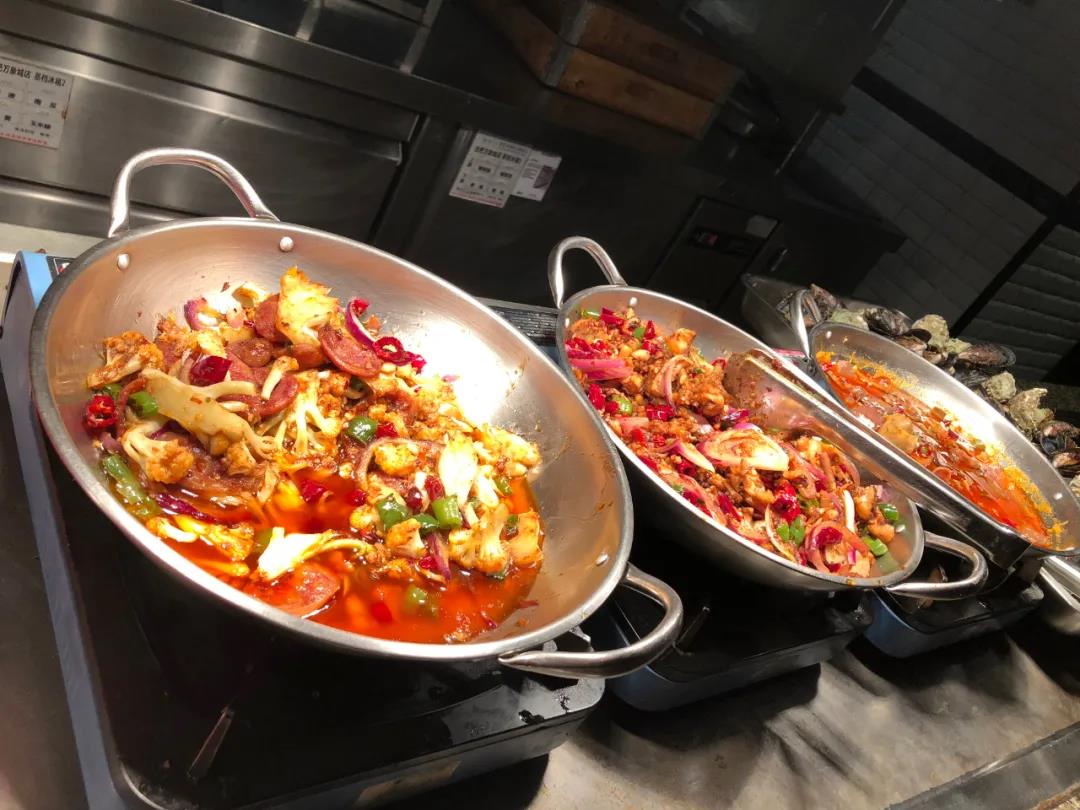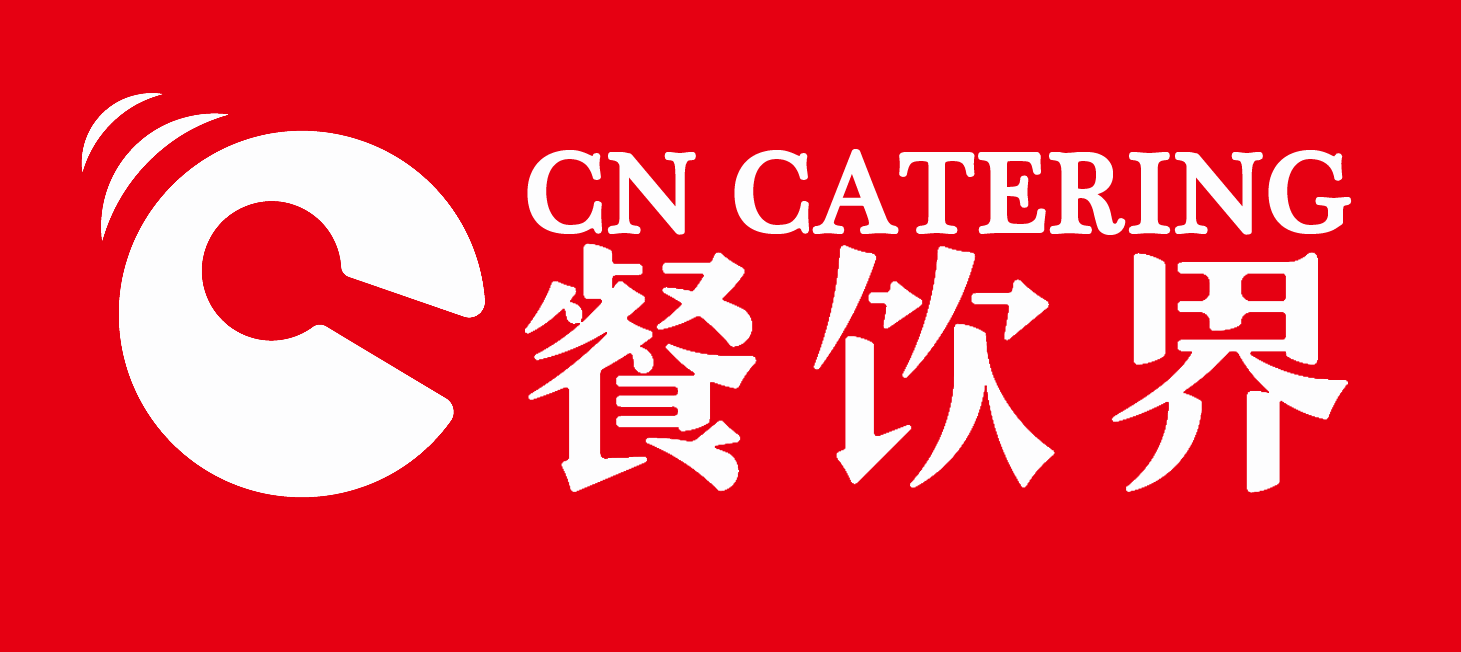Meals and drinks: one to the east, one to the westToday's headlines

The word “dining” is very easy to read together, but the two have already been "separated" and they have embarked on a different path. When it comes to restaurants, you will think of Haidilao in the center of the city, as well as Mala Tang, which you often go after get off work. Big brands and small stores can come into your heart.
When it comes to drinks, you must think of well-known brands such as Heytea, CoCo, and Xiaodian. Even if you want to "consume downgrade", the first thing you think of is Michelle Ice City, which has more than 7000 chains across the country, rather than being on the street. Famous small brand.
It can be seen that meals and drinks have each taken a different path, becoming the pros and cons:

On the one hand, big brands and small stores are blooming, each winning the game; on the other hand, chain brands dominate the market, and the rest of the businesses are "surviving."
Why do meals and drinks that are originally from the same origin drift away?
ONE
A noun
To two formats: meal to the left, drink to the right
In 2019, the market size of China's catering reached 4,672.1 billion yuan, and the market size is extremely huge. In the huge market of Chinese catering, food and drink are almost "distinct." Meal is like a flourishing river, with countless tributaries such as hot pot, barbecue, dinner, fast food, snacks, etc. The market share of hot pot alone reached 875.7 billion in 2018.
Although the market share is huge, the overall growth rate of meals has gradually slowed in recent years. In contrast, the market share of beverages is relatively limited, and has only achieved a large increase in recent years.
In 2019, the scale of China's tea beverage market reached 400 billion, new tea beverages exceeded 50 billion, and the coffee market was close to 200 billion. The overall market share has not yet reached half of the hot pot industry.
One is a large market with a low growth rate, and the other is a small market (relatively speaking) with a high growth rate. It can be seen that the market environments for food and beverages are completely different.
The market environment in which the two are located directly determines the development trend of the industry. The catering market is larger and has many categories, but the competition pattern is very fragmented. The catering brand CR5 is only 2%, which is a typical "big industry, small company".
Although the beverage market is relatively small, the brand concentration is relatively higher. Well-known brands such as Hicha, Naixue, CoCo, and Ruixing have emerged. Taking the coffee market data as an example, my country's freshly ground coffee in 2018 Market CR5 reached 74.9%, and the concentration is very high.
Note: CR5, the ratio of the turnover of the top 5 brands in the industry to the overall industry, reflects the concentration of the industry.
TWO
Causes of polarization
Elaborate on the 4 characteristics of tea
Comparing CR5 (the overall market share of the top 5 companies in the industry, reflecting the industry concentration), it can be found that the food market is in contention, while the relatively small drinks have a brand oligopoly effect. Why are the two levels of differentiation? We have to start with the four characteristics of the drink.
Feature 1: Small track and fast rise
Compared with meals, the drink market is small (relatively speaking, its volume is also very large), and it has grown at a high speed in recent years.

The data shows that the Chinese tea market is growing rapidly at a growth rate of 15%. In 2019, it exceeded 400 billion yuan. As of the end of June 2020, there were 480,000 existing tea shops in China.
The tea industry, which is in a period of rapid growth, provides excellent growth soil for leading brands, and provides natural advantages for brand chain operations.
Feature 2: Consumers have high brand awareness
For consumers, tea is not only a drink, but also a way of pastime and survival, and even a social currency.
Based on this, consumers will have a stronger perception of the brand, quality, and packaging of tea.
According to survey data, 6% of users only buy one brand of tea, 74% of users concentrate on a few brands, and 20% of consumers do not deliberately pursue tea brands.
In other words, 80% of consumers have a stronger desire to chase tea brands, which is consistent with the current pattern of oligarchic competition in the tea industry.
Feature 3: Tea brand is easier to extend
Because the tea brand has broken through the inherent "drinking" circle and has become a way of life for consumers, the tea brand is more likely to form an extension.
Take the "social flower" in the tea industry, hi tea, for example. Hollyland, cute and colorful, tea-like, Huili, Peacebird, QQ Music, iQiyi, British Museum, Fenty Beauty, etc., regardless of brand, format, nationality, etc. , Have become the joint brand of Hi Tea.
In addition, tea brands themselves are constantly trying to expand. Naxue’s tea was the first to open tea + soft European bags, and then Naxue Tavern, and Hey Tea cross-border to retail, first cooperated to launch milk tea flavored ice cream, and then independently launched Heyxiaocha bottle cap factory And steam drum water retail products.
The continuous expansion of the top tea brands has not only expanded its own consumption scene, but also continued the brand's potential.
Feature 4: Capital entry raises the threshold, and personalized features become the key to competition
In recent years, the rapid growth of the tea market has attracted the attention of capital.
"Hillhouse Capital and Coatue jointly led the investment. After the investment, the valuation of Hey Tea exceeded 16 billion!"
"Nayuki's tea wants to go on sale in the United States!"
"Lele Tea has completed a Pre-A round of financing of over 100 million yuan!"
The supply chain is the biggest problem for new tea drinks, but with capital entering the market, the top brand can fully strengthen the supply chain, and even establish its own plantation, production base, central kitchen, and distribution center, which gives the top brand Rapidly expanding capital.
After the capital settled in, the competition threshold of the tea industry was greatly raised, and differentiation and individual characteristics became the key to competition among tea brands.
Take Jtea and Thank You Tea as examples. They relied on the star effect of "Classmate Zhou" and "Ma Dong" to make the brand quickly gaining popularity, and relied on a solid supply chain and products to form a stable repurchase.
THREE
The oligopoly effect is emerging
What are the business opportunities in the tea-drinking track?
Because of the unique nature of the tea industry, there has been an oligopoly effect in the industry today.
With the emergence of the oligopoly effect, the entry barrier of the tea industry has been continuously raised, which makes it more difficult for small brands and mass entrepreneurs to enter the industry.
Any high-growth industry contains countless business opportunities, and the same is true for the tea industry.
The overall share of the catering market in China and the United States is almost the same, but the chain rate is as high as 6 times. Chaining is bound to become the key development direction of China's catering in the future.
For the tea industry, the consumer price range is too wide and the market is too large, so it is difficult for brands to quickly achieve large-scale coverage.
Therefore, many tea companies have chosen the franchise chain model.
For example, Happy Lemon has 1,101 stores nationwide and 1,000 franchise stores; for example, Michelle Ice City has formed a price advantage through the creation of a supply chain, and quickly occupied the market with franchise models, and now has more than 7,000 stores.
Compared with meals, the decision-making cost of drinking is lower, so it is easier to expand and form a brand effect. Therefore, joining has become the best model for beverage stores.
For enterprises, open franchising can effectively save costs and quickly occupy the market, and the franchise market also has sufficient entrepreneurs who have the willingness to join.
For entrepreneurs, franchising can cross the ultra-high entry barriers of the tea industry and use the brand's brand potential, mature products, and stable supply chain to quickly achieve profitability.
Therefore, for the brands and entrepreneurs of the tea drink track, the franchise model is the "optimal solution" of both parties. It is foreseeable that franchise chains will become the main theme of the tea drink industry in the next 20 years.
免责声明:1.餐饮界遵循行业规范,转载的稿件都会明确标注作者和来源;2.餐饮界的原创文章,请转载时务必注明文章作者和"来源:餐饮界www.canyinj.com",不尊重原创的行为餐饮界或将追究责任;3.投稿请加小编微信toutiaoxiansheng或QQ1499596415。4.餐饮界提供的资料部分来源网络,仅供用户免费查阅,但我们无法确保信息的完整性、即时性和有效性,若网站在使用过程中产生的侵权、延误、不准确、错误和遗漏等问题,请及时联系处理,我们不承担任何责任。
 扫码关注餐饮界微信号
扫码关注餐饮界微信号
- Haidilao, which has reported h
- The trillion breakfast market
- What is the difference between
- Wooden house barbecue stopped
- The more you describe the dark
- How does catering design promo
- How does Xiaobai start a busin
- Quanjude is expected to lose 4
- How to use the scene to enhanc
- Lo Mei is more iterative, can


 Media
Media


